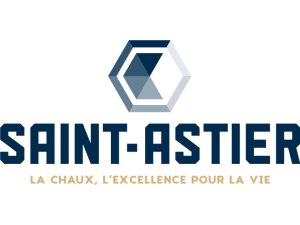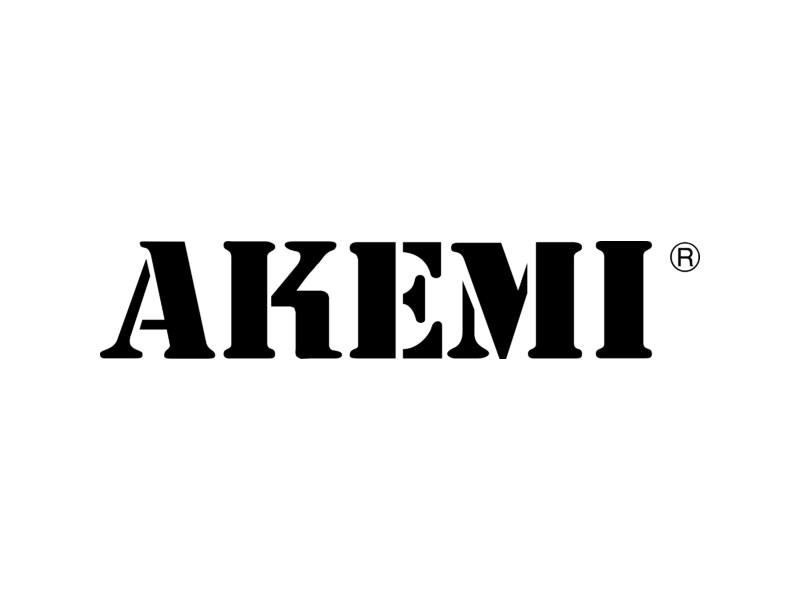During the summer, Melissa Luo interned at LimeWorks.us and assisted our laboratory staff with mortar color simulation projects including determining pigment and aggregate compositions and creating cured samples. She’s also working on her thesis while completing the graduate program in historic preservation at PennDesign (University of Pennsylvania School of Design).
1.0 Introduction
Why do we preserve buildings? Who do we preserve them for? As a student studying conservation science, I crawl through dusty basements more often than I ponder these questions. Thanks to the generosity of Robin M. Beckett Fund, I had to opportunity to attend the PastForward Conference in San Francisco, hosted by the National Trust for Historic Preservation, where I learned what professionals in the greater preservation field are up to.
Table 1: Properties of San Francisco
| Category | Rating (5 = best) | Price | Notes |
| Architecture | 5 | $$$$ | Love the Queen Anne/Second Empire houses |
| People | 5 | Priceless | Wonderful friendly people |
| Environment | 4 | Priceless | Like many other coastal cities, SF is under the threat of rising sea level |
| Air Quality | 2 | Priceless | Wild fires are another threat to our built heritage |
| Night Life | ??? | ??? | I was in my room doing homework |
| Food | 4.5 | $$$ | Had the most amazing ramen |
| Housing | 4 | $$$$$ | Beautiful homes I can never afford |
| Preservation Projects | 5 | Priceless | Excellent array of exciting restoration/adaptive reuse projects |
2.0 Selected Sessions
2.01 Adaptation Strategies for Resilience
A. Presenters[i]
Lisa Craig, Director of Resilience, Michael Baker International
Peter Birkholz, Principal, Page & Turnbull
Roderick Scott, Director of Communications and Outreach, Ducky Johnson Home Elevation, LLC
Winslow Hastie, President & CEO, Historic Charleston Foundation
B. Description
I arrived in San Francisco on a hazy afternoon, ash filled the sky as wild fires raged nearby, highlighting one of the challenges preservationists face – nature. In the session Adaptation Strategies for Resilience, preservation professionals Lisa Craig, Roderick Scott, and Winslow Hastie spoke about the threat of climate change, namely hurricanes and the subsequent flooding in Annapolis, New Orleans, and Charleston. There are physical interventions such as flood proofing and elevating the buildings, but more importantly, communities and cities must work together, share knowledge and learn from each other.
C. Further Reading
Check out Annapolis’ Weather It Together, a community-based flood mitigation plan at https://www.annapolis.gov/885/Weather-It-Together
2.02 Field Study: Pier 70: Transformation of a Historic Shipyard into a 21st Century Neighborhood
A. Presenters
San Francisco Planning Department
B. Description
On Tuesday afternoon I found myself in a massive historic shipyard, where a 69-acre adaptive-reuse project is taking place. The field study, Transformation of a Historic Shipyard into a 21st Century Neighborhood took us through an amazing tour of ongoing renovations of several warehouses to be converted to galleries and showrooms, a stylish iron work factory reborn as open floor office space, and a 100 feet industrial boiler to be reincarnated as a hotel with remnants of its past life. As always, the success of this project would not have been possible without a strong community outreach program. The local Citizen Advisory Group meets with the project team every month for new proposals. The community’s needs were reflected in programs such as new streets, entry points, transportation upgrades, and affordable housing.
C. Further Reading
Take a look at this awesome adaptive-reuse project here: http://www.pier70sf.com
2.03 Future of Preservation in Practice
A. Presenters[ii]
Bradford White, Associate Director, Alphawood Foundation
Leslie Canaan, Senior Field Officer, National Trust for Historic Preservation
Randall Mason, Associate Professor Graduate Program in Historic Preservation/Department of City & Regional Planning, University of Pennsylvania
Thompson Mayes, Vice President and Senior Counsel
B. Description
My last day at the conference started with a surprise appearance of my professor Randy Mason on the panel for Future of Preservation in Practice. This session echoed the belief that preservation is for the people. According to Randy, as preservationists, we must have a high level of humility, learn by doing, listen to the locals, and be more disciplined about how we serve society. Leslie Canaan, Senior Field Officer for National Trust added that we should get to know the community before we ask for things, be respectful, allow them to educate us what preservation means to them. The best place to start is listening to the people.
C. Further Reading
Learn more about Nation Trust’s Preservation for People: A Vision for the Future https://forum.savingplaces.org/HigherLogic/System/DownloadDocumentFile.ashx?DocumentFileKey=57133684-4c32-4863-5965-96476f7b4dab
2.04 Cultural Heritage and the Risk of Displacement in African American Neighborhoods
A. Presenters[iii]
Jenna Dublin, PhD Student, Urban Planning, Columbia University
Kaelyn Rodriguez, PhD Candidate, Department of Chicana/o/x Studies, UCLA
Shaonta’ Allen, Doctoral Student, Department of Sociology, University of Cincinnati
TK Smith, American Studies Scholar
B. Description
My first National Trust conference ended with a heartfelt session on displacement: Cultural Heritage and the Risk of Displacement in African American Neighborhoods. Four young African American scholars presented their findings sponsored by the National Trust’s Research & Policy Lab focusing on historic preservation, community, built fabric and African American history. They spoke passionately about issues close to their heart: homeownership, recreation desertion, social displacement, pride, erasure, sense of belonging and the poser of place to communicate identity, just to name a few. My words cannot possibly represent their passion, you should hear what they have to say. Stay tuned for the full report in 2019!
C. Further Reading
I strongly encourage you to follow their research at https://forum.savingplaces.org/blogs/mike-powe/2018/07/25/cultural-heritage-and-the-risk-of-displacement.
3.0 Submittals
3.01 Blog Post
Written blog digitally submitted to the Graduate Program of Historic Preservation, University of Pennsylvania
4.0 Execution
Attending this conference has challenged me to look outside
of the world of conservation science and understand the greater goal of
historic preservation. Our buildings provide us with shelter, our communities
give us a sense of home and belonging. With this new insight, I hope my future
specs and preservation plans serve the people and their communities by keeping
the buildings standing for future generations to find their roots.
[i] PASTFORWARD. Accessed November 28, 2018. https://www.pastforwardconference.org/pastforward2018/agenda/300320/1566854.
[ii] PASTFORWARD. Accessed November 28, 2018. https://www.pastforwardconference.org/pastforward2018/agenda/300320/1566854.
[iii] PASTFORWARD. Accessed November 28, 2018. https://www.pastforwardconference.org/pastforward2018/agenda/300320/1579095.
























Why do we preserve buildings? Who do we preserve them for? As a student studying conservation science, I crawl through dusty basements more often than I ponder these questions. Thanks to the generosity of the Robin M. Beckett Fund, I had the opportunity to attend the PastForward Conference in San Francisco, hosted by the National Trust for Historic Preservation, where I learned what professionals in the greater preservation field are up to.